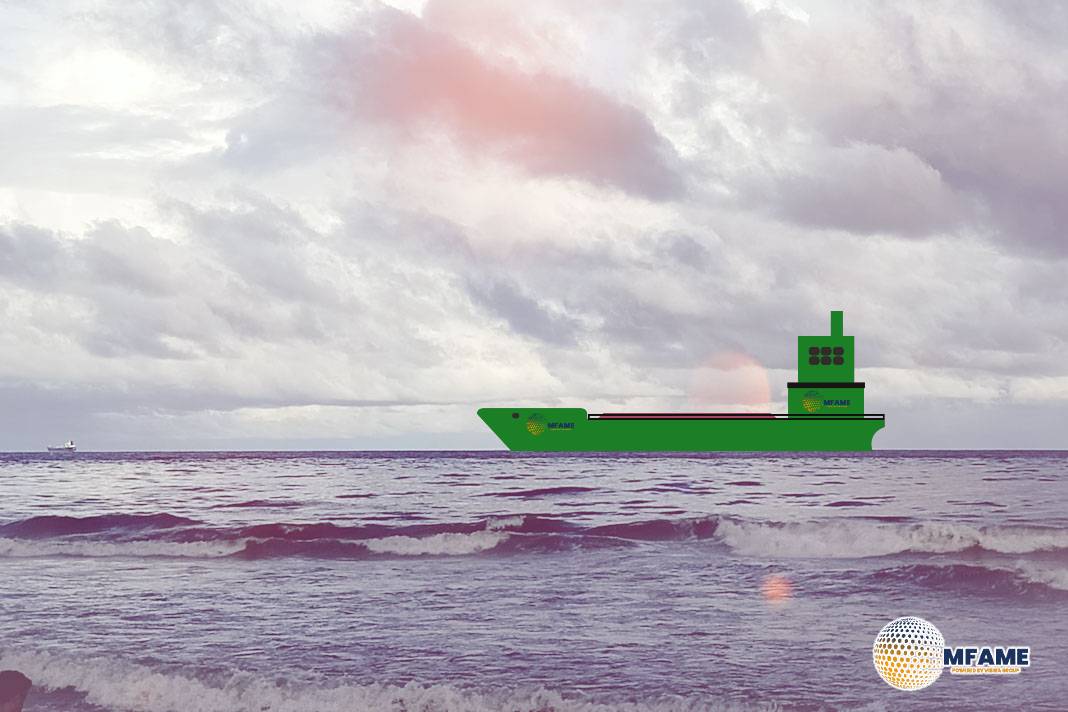- U.S. secures new trade deals with the EU, Japan, Vietnam, and Indonesia, setting tariffs mostly between 15–20%, bringing more certainty for importers.
- Transatlantic ocean rates remain stable at about $1,900/FEU, with only a modest rebound expected in auto-related volumes.
- Transpacific rates have settled at $2,300/FEU after a brief spike in June; overcapacity continues to weigh on Asia-Europe lanes.
The United States has recently finalized trade agreements with the European Union, Japan, Vietnam, and Indonesia, setting new tariff baselines that will influence both ocean and air cargo markets. These deals bring greater clarity for importers while adjusting duties across key trade lanes, with implications for freight rates and seasonal demand patterns, reports AJOT.
Impact of Recent U.S. Trade Deals on Global Freight Trends
With the August 1 expiration of the U.S. reciprocal tariff pause approaching, the White House has secured agreements with key trading partners, including the European Union, Japan, Vietnam, and Indonesia. The EU deal sets a 15% baseline U.S. tariff on most EU exports, replacing the current 10% rate but avoiding the previously threatened 30% level. This rate will also apply to automotive exports, reducing the existing 25% duty on vehicles and parts by 10%. The agreement may also introduce quota-based reductions on U.S. steel and aluminum tariffs for the EU, alongside EU commitments to increase energy imports from and investments in the U.S.
The U.S.-Japan deal mirrors these terms with a 15% tariff baseline, while Vietnam and Indonesia have agreed to rates of 20% and 19%, respectively. With an earlier agreement already in place with the United Kingdom, the U.S. now has trade deals covering about 30% of its total 2024 goods imports. Negotiations continue with Canada and Mexico, both facing a potential 30% tariff from August 1, while U.S.-China talks are expected to lead to a 90-day extension of the current 30% baseline tariff.
The shifting tariff environment has disrupted standard shipping patterns in 2024, with importers frontloading cargo to avoid higher duties or pausing shipments during peak tariff periods. While the new agreements bring more predictability, they also introduce higher tariffs on most goods, meaning shippers may wait until existing inventories decline before resuming regular booking patterns. Over time, these higher costs are expected to be passed on to consumers.
In ocean freight, transatlantic container volumes through April were steady compared to 2023, though automotive tariffs introduced earlier this year contributed to a 7% year-on-year drop in April. The latest EU agreement could prompt a modest rebound in auto parts volumes, but most EU exports will still face a 5% duty increase from April levels, limiting near-term growth. Rates on the transatlantic lane have held at about $1,900 per FEU since May.
On the transpacific route, the U.S. reduction of tariffs on Chinese goods from 145% to 30% in mid-May sparked a brief rate surge to $6,000 per FEU by mid-June, before falling back to $2,300 per FEU by mid-July. Rates have since stabilized as carriers adjust capacity. A 90-day extension of the current China tariff could encourage some renewed peak-season bookings, but much of the demand was already frontloaded earlier in the year.
In the Asia-Europe trade, container rates to Northern Europe dipped 4% last week to $3,419 per FEU, still 45% higher than late May levels due to strong peak-season demand and congestion at major ports. Asia-Mediterranean rates have dropped 30% from mid-June highs to $3,400 per FEU, more than 55% lower year-on-year, reflecting growing fleet capacity and easing demand pressure.
Did you subscribe to our Daily newsletter?
It’s Free! Click here to Subscribe!
Source: AJOT
















